Adventure, Mystery, Roanoke Colony, The Lost Colony
The Lost Roanoke Colony
The Lost Roanoke Colony
During a time when exploration was ramping up, and the thrill and excitement of settling a new colony to provide goods and wealth to your home country was on every explorer’s mind, ‘The Lost Colony’ can give pause to the horrors that can take place in a new world. What was supposed to be a new colony that would provide gold, a base for resource exploration in the new world, and a port for privateers to attack Spanish ships turned into a mystery that still haunts us to this day. An entire group of people vanish without a trace and even with all our modern investigations techniques there still isn’t a solid answer to what happened to the Roanoke Colony.
With countries looking to expand their empire and power, Queen Elizabeth I in 1584 granted Sir Walter Raleigh a charter for the colonization of the new world. The Queen wanted a base for explorers and miners to work from and a colony with a good port for privateers working for the crown to attack Spanish ships from. Although Raleigh never went to the Roanoke Colony himself, he did explore parts of the new world.
Raleigh dispatched two explorers, Philip Amadas and Arthur Barlowe, to investigate where the ideal location to set up a colony would be. The pair arrived on Roanoke Island on July 4th 1854 and made contact with the local Native Americans. Based on the information the pair received from the Natives and their investigation of the island and surrounding locations, the pair gave their recommendation back to Raleigh and the Queen that Roanoke was the ideal spot for colonization.
Based on this information, the next year Raleigh sent Sir Richard Grenville with a group of around 100 settlers to Roanoke. Their trip there was rough by any standards. Five ships left Plymouth on April 9th, 1585. Between storms, pirates, and bad currents, the ships were separated. An agreement between the ships on where to meet if separated had been made but some of the ships got tired of waiting and pushed ahead from Puerto Rico. The ships converged on the north end of Roanoke Island and in August of 1585, developed a settlement.
Despite a lack of food and hostile relations with the locals, Grenville decided to head back to England, promising a return trip in April of 1586 with more people and supplies. Ralph Lane was left in charge of 107 men while they built a fort and established a village. As April 1586 came and went, there was no sign of the relief fleet. The settlers began to worry that no aide was coming to help them. The colony was attacked by Natives but the settlers were able to repel the attackers. Shortly after the attack, Sir Francis Drake, fresh from privateering in the Caribbean, stopped at the colony. He offered to take members back to England on his ships and many of the people left.
Not long after Drake left, Grenville returned but upon finding the fort and village abandoned he left a small contingent of men to maintain a presences on the island and to uphold Raleigh’s charter for the new world. Grenville returned to England ready to search for a new crew to settle the Roanoke Colony.
In 1587 Raleigh dispatched a new crew, under the leadership of John White, to set up a colony at Chesapeake Bay. White was a friend of Raleigh who had accompanied the previous expeditions to Roanoke. White was named Governor by Raleigh and was given order to explore the settlement at Roanoke and check on the settlers but when they arrived on July 22nd, 1587, they found the colony deserted. The only thing that remained was a skeleton that may have belonged to one of the settlers.
Although they could find no one at the colony, the ship’s commander, Simon Fernandez, ordered the people to stay and set up a new colony. No one knows why Fernandez wouldn’t let anyone back on the ships, insisting that they had to remain and recolonize the island. White quickly reestablished relations with the local Natives and the colony was starting to take shape when one of the colonists was killed by a Native. The settlers, fearing for their lives, convinced White to return to England and procure more settlers and supplies for the colony. White left before the winter, leaving behind 115 people, including newborn Virginia Dare, the first English child born in the America and White’s granddaughter.
White set sail during a very risky navigation time of the year, late 1587. Early winter storms and roiling seas made the crossing a precarious gambit at best. Upon arriving in England, White was denied return passage by the ship’s captain, wanting to wait until spring when the weather would be more in their favor. Spring saw an attack by the Spanish Armada and the beginnings of the Anglo-Spanish war. Every available English ship was called to war and unavailable for a trip to the new world.
Wanting to keep his promise to the people he left behind and to see his relatives and granddaughter at Roanoke, White tried every means he knew to find passage to the new world. He was eventually successful in getting two smaller ships to attempt the crossing, but the captain of the ships tried to attack a Spanish ship to gain more profits for the crew and they themselves were captured, ships boarded, and all their supplies stolen. Without provisions for the colonists, the ships turned back to England.
It took three years before White was able to find a ship to take him back to the colony. White gained passage on a ship that agreed to stop at Roanoke after a privateering mission in the Caribbean. White arrived in Roanoke on August 18th, 1590, his granddaughter’s third birthday. Of the 90 men, 17 women, and 11 children that White had left in Roanoke, not a trace of them remained. There was no signs of a struggle or battle in the surrounding area.
All the houses and fortifications that were in the Roanoke colony had been dismantled. No traces of the buildings whereabouts could be found. White had given instructions to carve a cross into a nearby tree if the colony was being forced out but no cross had been left. There was no clues to indicate what had happened. The only thing that remained was the word, ‘CROATOAN’ that was carved into a fencepost on the outer wall of the village. White wanted to continue to Croatoan Island to see if the colony was there but a coming storm forced the ship to leave for England.
A number of expeditions were mounted to try and find the lost colony but the profits and allure of privateering steered the ships to the south, the waters of the Caribbean, where a privateering ship could make vast profits both for themselves and the crown. Even Sir Walter Raleigh himself bought a ship and ventured to the new world but he too was caught up in the wealth of the new world and never had time to make it to Roanoke to investigate.
What could have caused the disappearance of so many people in the new world? How could that many people simply vanish without a trace? History has as many theories as investigators in the lost colony. The first and most simple are that either the Natives wiped out the colony or that the colony intermixed with the Natives. These theories make the most sense however they don’t account for the fact that the colony never made any of the agreed upon signs of stress or a war. They didn’t make the sign of the cross to show they were under attack and no bodies or graves were found in the area.
Even if the colony had intermixed into local Native tribes, they would have told the European explorers when they returned. There were many parties that searched for the Roanoke, many parties that spoke with local Native Chiefs, but none of them spoke of interbreeding with the colony. European explorers didn’t notice European children living in Native tribes, surely something they would have seen if the colony had started living with the Natives.
Another theory is that the Spanish found the colony and wiped it out. Again, there was no signs of struggle and agreed upon signs for danger were not found. The Spanish surely would have bragged about the removal of a colony or held its settlers for ransom to the English. Spanish shipping records show no ships that would have attacked the colony.
Without a solid main theory to go off of, some people have let their minds wander and come up with stranger theories for what happened to the Lost Colony of the Roanoke. Some point to cannibalism for the lack of human remains at the Island. Others maintain that the settlers built ships to try to sail back to England themselves when White or others didn’t return with supplies and the ships perished on the return trip.
No matter what happened to the Lost Colony of Roanoke, it’s likely we’ll never have a complete picture of what took place there. Roanoke is a fascinating mystery from the European founding of our country that still hangs in the minds of people today. No matter what your beliefs are on the Roanoke Colony, we always have to wonder, just what exactly happened back in the late 1500’s.
To see how the Lost Colony of Roanoke has influenced my science-fiction writing, head over to www.leifericksonwriting.com and purchase some of my books today.
Kupperman, Karen Ordahl (1984-01-25). Roanoke, The Abandoned Colony. Rowman & Littlefield. ISBN 978-0-8476-7339-1. Retrieved 3 September 2015.
roanokeisland.net, 2015. Roanoke Island History. [Online]
Available at: http://roanokeisland.net/history
Stick, David (November 1983). Roanoke Island, The Beginnings of English America. UNC Press Books. ISBN 978-0-8078-4110-5. Retrieved 3 September 2015.
Milton, Giles (2001-10-19). Big Chief Elizabeth: The Adventures and Fate of the First English Colonists in America. Macmillan. ISBN 978-0-312-42018-5. Retrieved 3 September 2015.


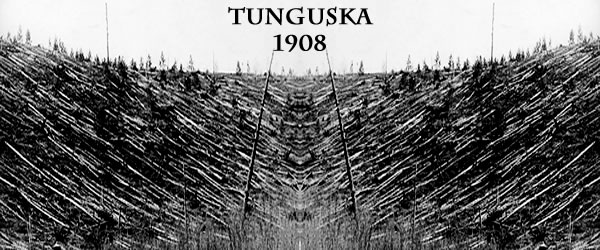
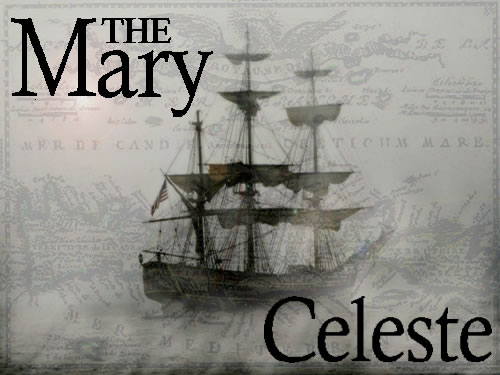








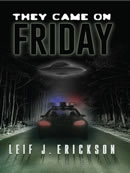


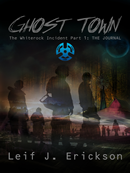
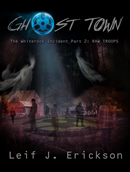

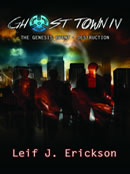

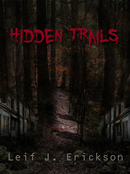
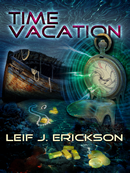





Leave a reply
You must be logged in to post a comment.